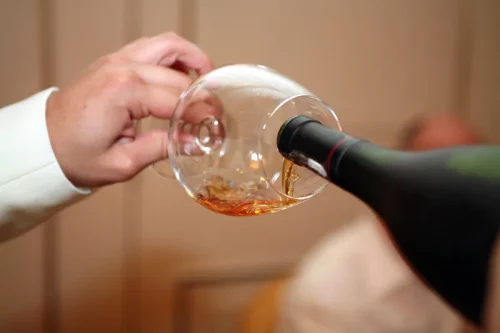
However, for many people with alcohol use disorder, tapering off alcohol is a far better experience than quitting abruptly. Slowly tapering your alcohol use can help you manage mild withdrawal symptoms and decrease the risk of AUD. However, you may experience withdrawal symptoms or relapse if you’re not tapering correctly and safely. You should plan to taper for between three and seven days depending on how much you’re used to drinking. Slowly reduce the amount of alcohol you consume each day until you reach sobriety. If you begin to experience serious withdrawal symptoms, drink enough to make the symptoms subside.
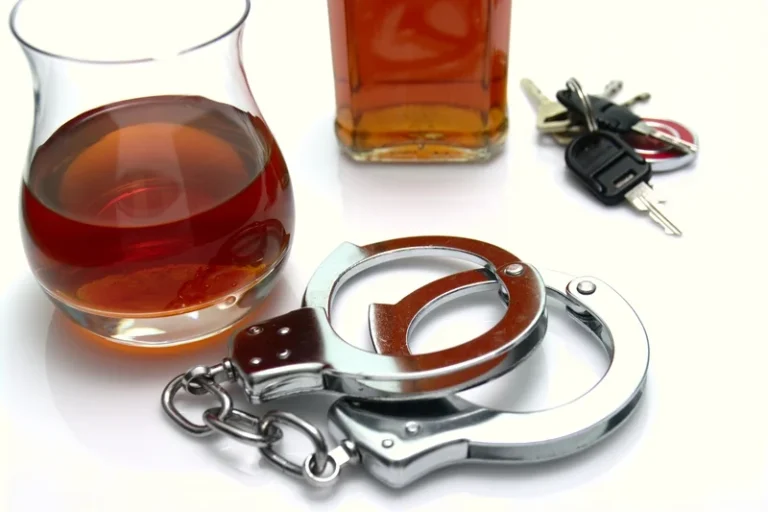
Differential diagnosis of DT
Because alcohol withdrawal symptoms can sometimes be unpredictable and may escalate quickly, having an on-site medical team that can quickly intervene is the safest way to quit heavy drinking. We publish material that is researched, cited, edited and reviewed by licensed medical professionals. The information we provide is not intended to be a substitute for professional medical advice, diagnosis or treatment. It should not be used in place of the advice of your physician or other qualified healthcare providers. Outpatient treatment may be available for mild-to-moderate symptoms of alcohol withdrawal; however, should symptoms become severe, inpatient care may be required.
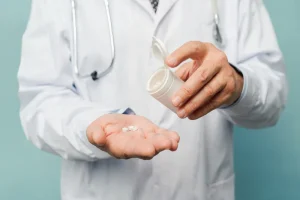
Your Guide to Tapering Off Alcohol
Professional detox is highly recommended for those likely to experience moderate to severe withdrawal symptoms and will support you during detox. If you are thinking about quitting drinking, talk to your healthcare provider. Medical supervision, behavioral health treatment, and mutual-aid groups can help you through alcohol withdrawal and stay stopped. This article discusses alcohol withdrawal, its symptoms, and potential complications. It also provides an overview of the alcohol withdrawal timeline process and when to discuss your drinking with your healthcare provider. Some people are facing problems with their health or personal lives which require them to quit immediately.
- A healthcare provider may request daily visits during which they will likely run blood tests and monitor vital signs until symptoms stabilize.
- Medically assisted detoxification (detox) is an inpatient program that keeps you stabilized during alcohol withdrawals.
- Take our short alcohol quiz to learn where you fall on the drinking spectrum and if you might benefit from quitting or cutting back on alcohol.
- Withdrawal symptoms can quickly go from a bad hangover to a serious medical situation.
- When you are detoxing from alcohol at a rehab center, nurses and doctors monitor vital signs, provide adequate nourishment and treat complications if they occur.
How Is Recovery.com Different?
However, it needs to be based upon the severity of withdrawals and time since last drink. However, in the presence of co-morbidities shorter acting drugs such as oxazepam and lorazepam are used. Patients need to be advised about the risks and to reduce the dose, in case of excessive drowsiness.
- If you’re struggling with severe alcohol addiction, a medical detox program is your likely best option for tapering off alcohol safely.
- The time it takes to taper will depend on how long you’ve been drinking, how much you’ve been drinking and a variety of personal factors.
- This lessens the severity of withdrawal symptoms, as there is not an abrupt or dramatic change.
- If withdrawal is so uncomfortable that you’re turning to drugs for comfort, you should contact your doctor or a rehab center to discuss medically supervised withdrawal.
- This process can help your body break its dependency on alcohol with minimal side effects.
Physicians should monitor outpatients with alcohol withdrawal syndrome daily for up to five days after their last drink to verify symptom improvement and to evaluate the need for additional treatment. Primary care physicians should offer to initiate long-term treatment for alcohol use disorder, including pharmacotherapy, in addition to withdrawal management. The incidence and proportional incidence of hospitalizations involving AWS varied considerably by age, sex, race, and outpatient alcohol screening scores. In adults younger than 60 years, the burden of hospitalizations attributed to AWS generally matched or surpassed hospitalizations for other chronic conditions that receive greater medical attention. The high incidence of hospitalizations involving AWS reinforces the need for health care systems to prioritize identification, treatment, and monitoring of AUD. Alcohol withdrawal is commonly encountered in general hospital settings.
- People with alcohol use disorder should be monitored by a medical professional when withdrawing from alcohol.
- Long-term treatment of AUD should begin concurrently with the management of AWS.8 Successful long-term treatment includes evidence-based community resources and pharmacotherapy.
- If you’ve been unable to quit on your own, you should consider attending an alcohol rehab center.
- Physicians should monitor outpatients with alcohol withdrawal syndrome daily for up to five days after their last drink to verify symptom improvement and to evaluate the need for additional treatment.
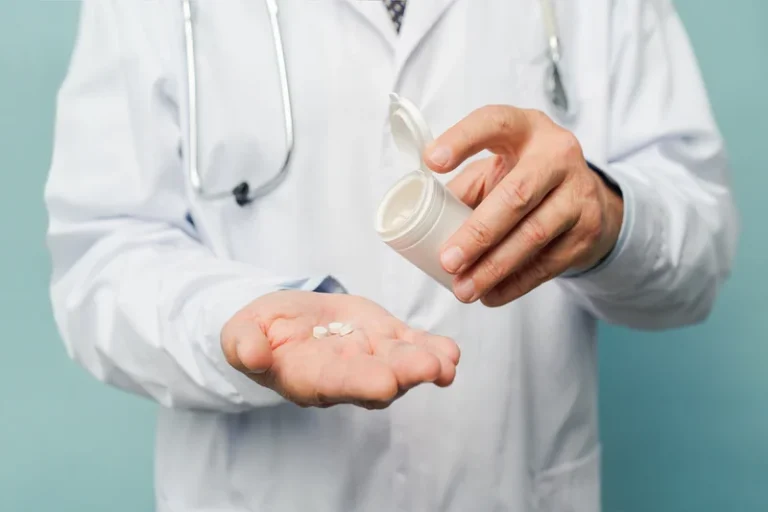
We specifically sought articles relating to medications commonly used in India and those that can be recommended based on strong cure for alcohol withdrawal symptoms evidence. Sunshine Behavioral Health strives to help people who are facing substance abuse, addiction, mental health disorders, or a combination of these conditions. It does this by providing compassionate care and evidence-based content that addresses health, treatment, and recovery. Benzodiazepines are the most common medications physicians use to taper alcohol and reduce withdrawal symptoms. Before a doctor begins a tapering plan with medications, they will assess the medical stability, including vital sign stability, and pattern of withdrawal symptoms in the patient.
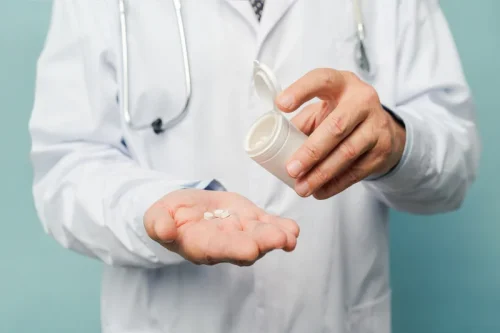
Strategies for Tapering Off Alcohol
That said, tapering off alcohol doesn’t completely eliminate withdrawal symptoms. Alcohol withdrawal is dangerous and it’s important to be careful throughout the process. A doctor can perform a typical checkup and a blood test to see if the individual is still in good health or needs a treatment plan or medication. Others experiencing more severe symptoms may require hospitalization to avoid life threatening conditions. A doctor may also need to administer fluids intravenously to prevent dehydration and correct electrolyte abnormalities.
Can Tapering Help You Quit Alcohol?
Currently, health experts do not know if any factors influence the timeline of alcohol withdrawal syndrome aside from how much alcohol an individual typically consumes. More studies are necessary to better understand this condition and how certain factors may affect the timeline and severity of symptoms. This is where symptoms are usually the most severe, with some individuals displaying delirium tremens — hyperactive autonomic activity that can lead to cardiac collapse. Delirium tremens can last up to 5 days, with a mortality rate of up to 37%. This highlights the severity of the condition and the need for immediate medical attention. Early symptoms of alcohol withdrawal usually start about six hours after the last drink.